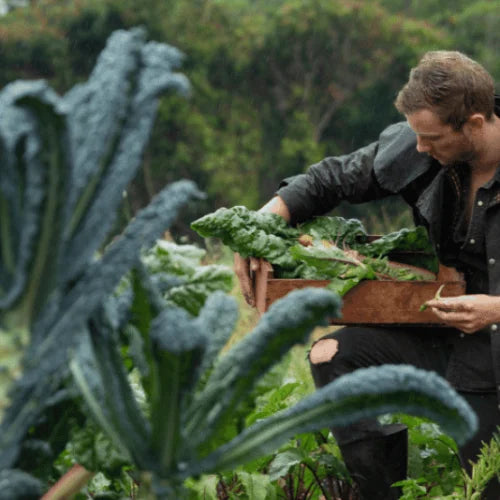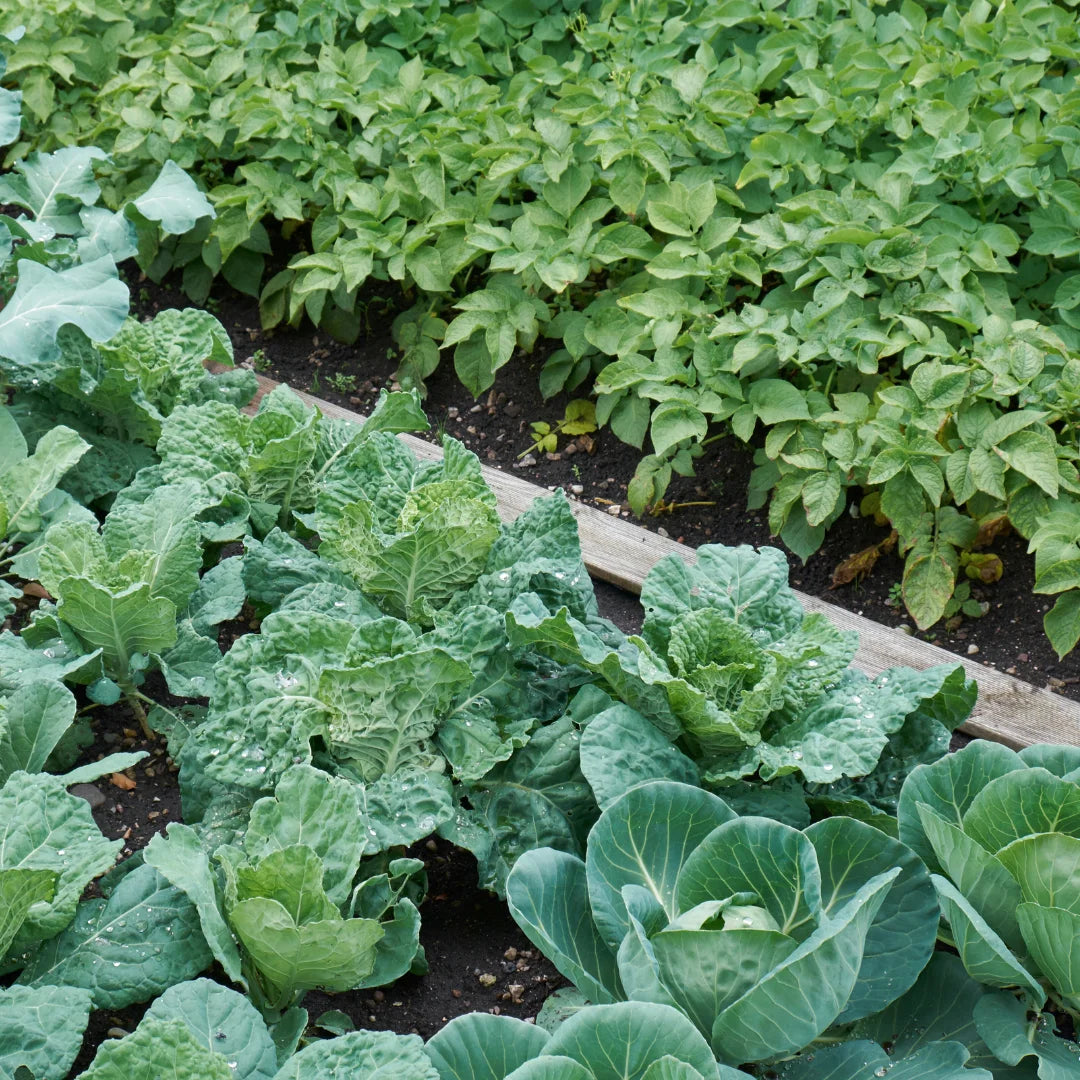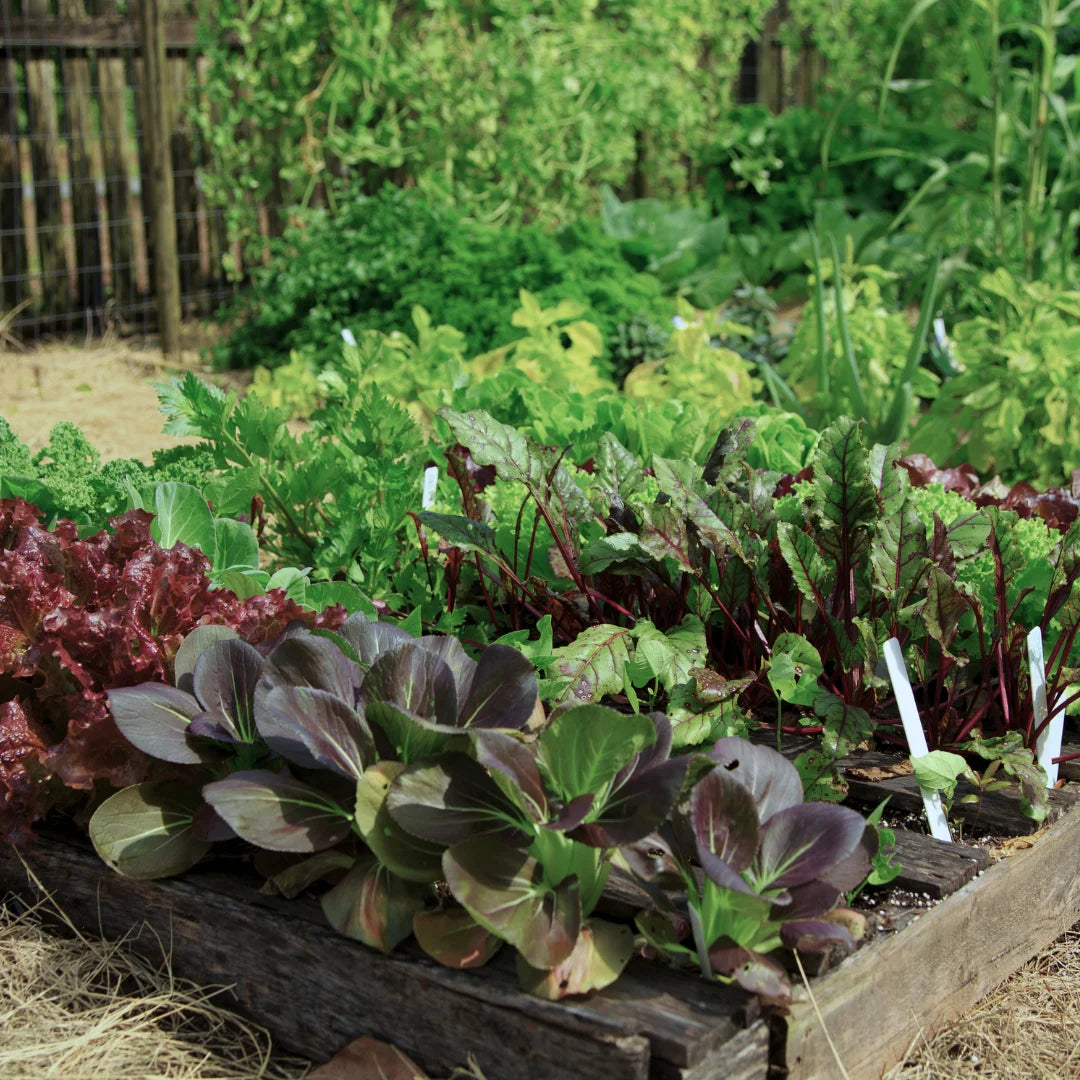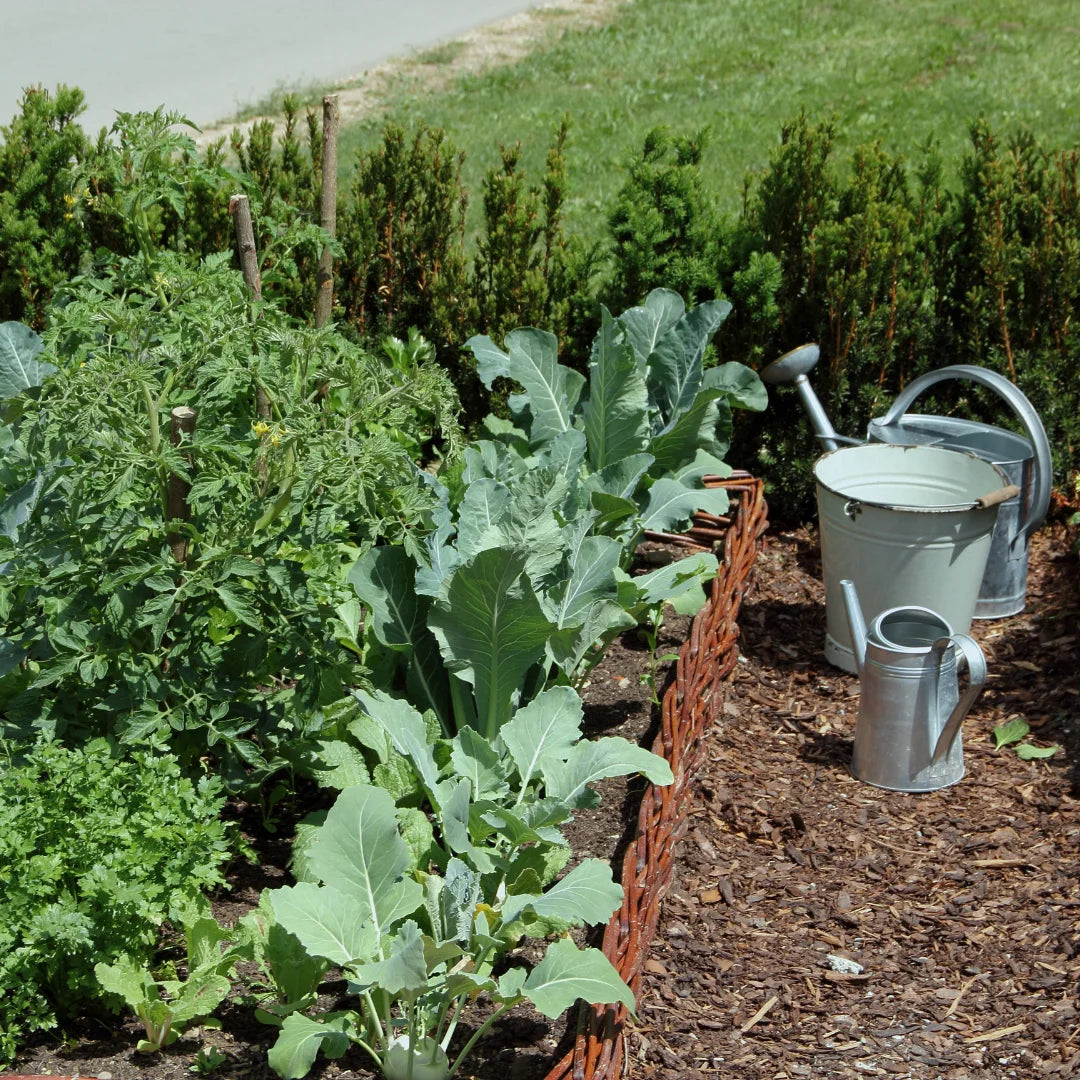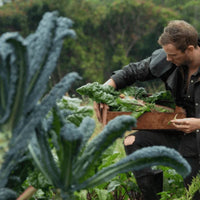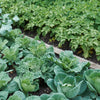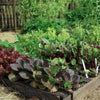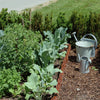
Introduction to Australia’s Growing Regions
Australia is a huge country covering pretty much every possible climatic zone imagineable, from humid sweltering rainforrests in the Northern Tropics, to the Australian Alps that straddles the borders of eastern Victoria, southeastern New South Wales, and the Australian Capital Territory – and actually receives more annual snowfall than Switzerland!
It is a land of extremes so, splitting Australia into 5 climate regions helps us to get an understanding of different climatic zones, where they’re situated and how they differ.
This is a great starting point to understand your growing region, but as you dive deeper into your gardening journey, there is nothing like old hand local knowledge to gain a deeper and more specific understanding of your growing location, including unique weather patterns and soil types in your exact town, suburb or even street!
Tropical Zone
Australia’s tropical growing region is one of the most vibrant and diverse regions in the country. Located in the northern part of the country, this region is characterised by its hot and humid climate, which is perfect for growing a wide variety of fruits and vegetables.
Some popular commercial crops grown in this region include bananas, mangoes, pineapples, papayas, and citrus fruits. Tropical vegetables such as taro, sweet potato, and cassava are also grown here.
In addition to these, home gardeners in the Tropics can have great success with all the warm weather varieties like tomatoes, pumpkins, cucumber, zucchinis, capsicums, beans, eggplant and corn. While these are Spring and Summer veggies for the rest of Australia, these will grow best during the dry season in the tropics.
One of the biggest challenges for growers in this region is managing the high levels of rainfall, which can lead to flooding and soil erosion. However, many growers have developed innovative techniques to overcome these challenges, such as using raised beds and selecting crops that are resistant to waterlogging.
Despite its obvious challenges, the tropical growing region of Australia is a fascinating and dynamic place to grow vegetables. With its warm climate and diverse range of crops, it offers plenty of opportunities for backyard growers to experiment and explore new techniques for maximising their yields.
Subtropical Zone
Australia’s Sub-Tropical growing region is characterised by its warm and mild climate, with hot summers and mild winters – giving home gardeners the best of both worlds for warm and cool varieties.
Some of the most popular crops grown in this region include tomatoes, capsicums, eggplants, cucumbers, and zucchinis. In addition, a wide variety of fruits such as citrus, avocado, and macadamia nuts are also grown in this region.
One of the biggest challenges for growers in this region is managing the occasional periods of drought, which can make it difficult to maintain healthy crops. However, many growers have developed innovative techniques to overcome these challenges, such as using drip irrigation systems and selecting drought-tolerant crops.
Overall, the sub-tropical growing region of Australia is a fantastic place for backyard vegetable growers to explore and experiment with different crops and growing techniques. With its warm climate and diverse range of crops, there are plenty of opportunities to grow fresh, healthy produce all year round.
Arid Zone
Growing food in Australia’s Arid growing region poses unique challenges that require careful consideration and planning. With hot and dry conditions for much of the year, it is important to select crops that can tolerate heat and drought. Some examples of vegetables that do well in these conditions include tomatoes, eggplants, capsicums, and beans.
Water conservation is also a critical concern, as water is a scarce resource in this region. Using drip irrigation and mulching can help to reduce water usage while keeping plants hydrated. Additionally, selecting varieties that are resistant to pests and diseases is important to reduce the need for chemical treatments.
Soil quality can also be a challenge in arid regions, as it tends to be low in organic matter and nutrients. Adding compost or other organic amendments can help to improve soil fertility and structure.
Overall, while growing vegetables in Australia’s arid region may require extra effort and planning, it is possible to have a successful backyard garden with a little bit of knowledge and the right approach.
Mild Zone
Australia’s mild growing region has a relatively mild climate that is conducive to growing a wide variety of vegetables throughout the year. However, even in this region, it is important to choose crops that are well-suited to the prevailing conditions.
During the summer months, heat-loving vegetables such as tomatoes, peppers, and eggplants thrive in the warm weather, while cooler temperatures in the winter months are perfect for growing crops like broccoli, cabbage, and cauliflower.
Water management is also important in this region, as rainfall can be unpredictable. Drip irrigation and mulching can help to conserve water while keeping plants hydrated, and it is important to monitor soil moisture levels to ensure that plants are not under- or over-watered.
Soil quality is also a key consideration, as many areas in this region have acidic soils that may require lime or other amendments to raise pH levels. Adding compost or other organic matter can help to improve soil fertility and structure.
Overall, growing vegetables in Australia’s mild region is a rewarding experience that can yield a bountiful harvest with the right approach and careful attention to soil, water, and plant selection.
Cold Zone
The cold growing region encompasses the southern parts of the country, including Tasmania, Victoria, and parts of New South Wales and South Australia. These areas experience cool temperatures, frost, and shorter growing seasons, which can limit the variety of crops that can be grown.
To overcome these challenges, I’ve had to carefully select the right crops that can thrive in these conditions, such as root vegetables like carrots, parsnips, and turnips, as well as brassicas like broccoli, cauliflower, and kale. I’ve also had to pay close attention to the timing of planting and harvesting to ensure the best possible yields.
One of the biggest advantages of growing in the cold region is the absence of many pests and diseases that thrive in warmer climates. However, this also means that it’s important to protect crops from frost and ensure that they have enough nutrients to grow strong and healthy.
Overall, while it can be challenging to grow vegetables in Australia’s cold growing region, it’s also rewarding to see the fruits of my labour and know that I’m contributing to my family’s health and well-being with fresh, locally grown produce.


